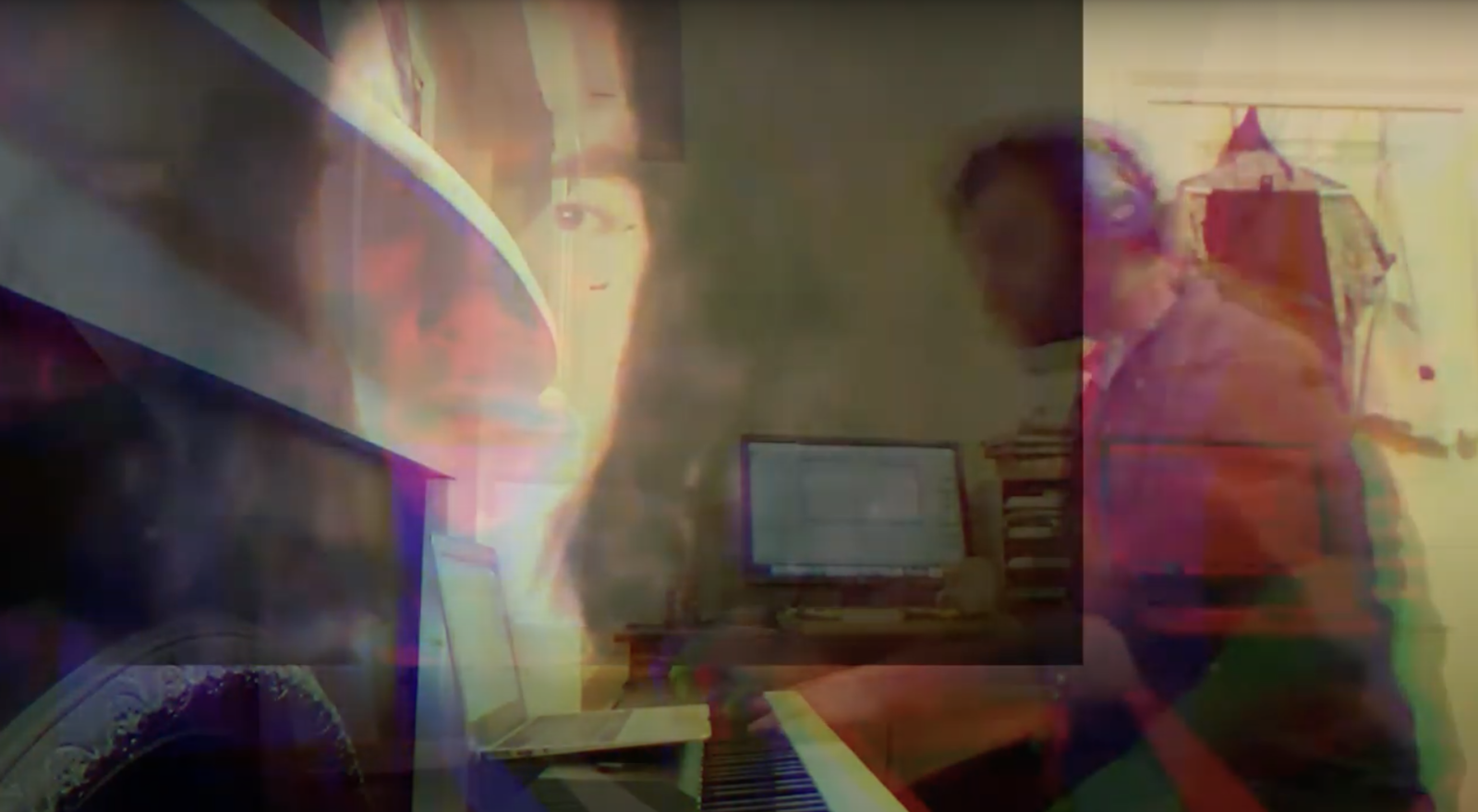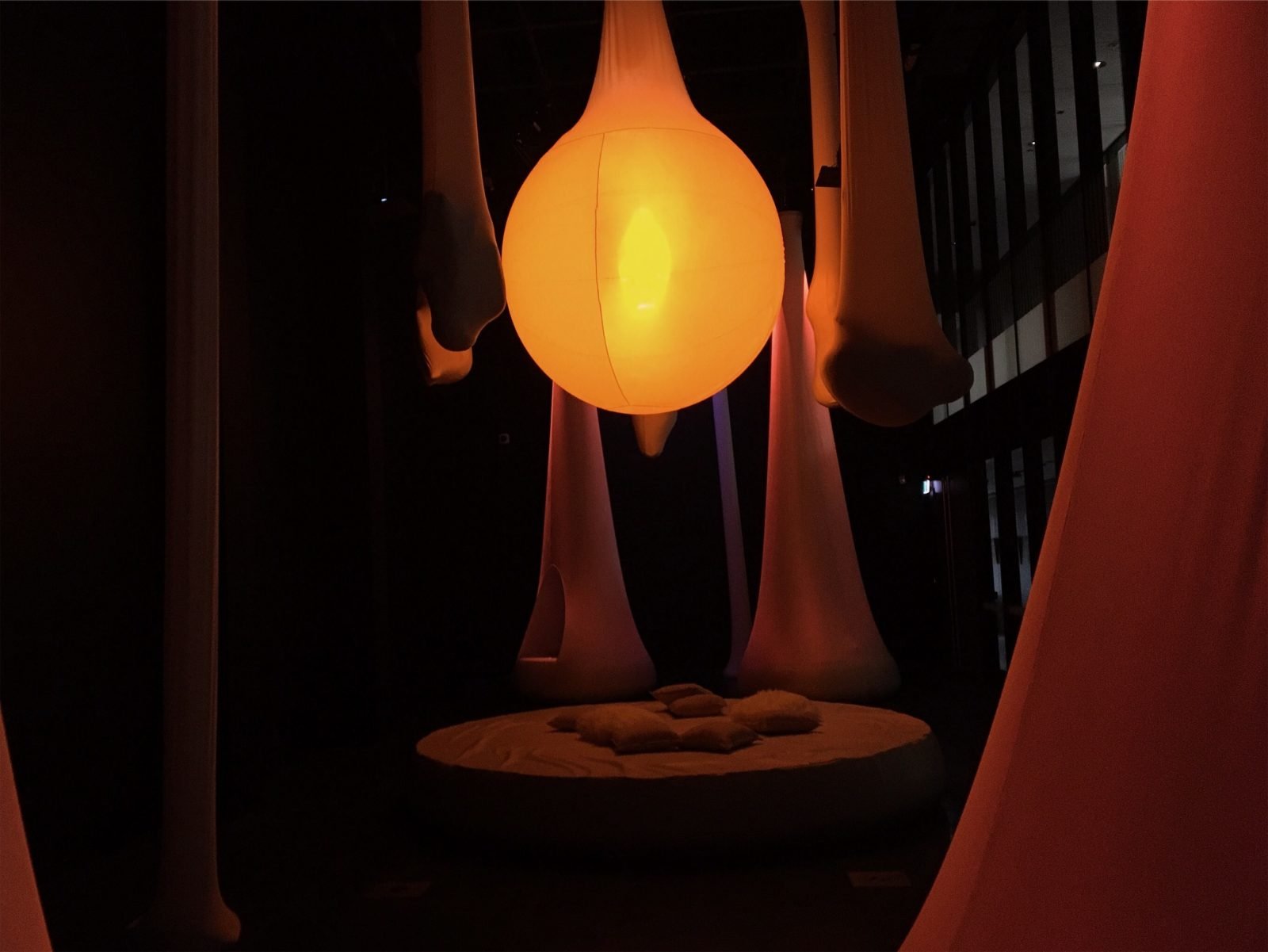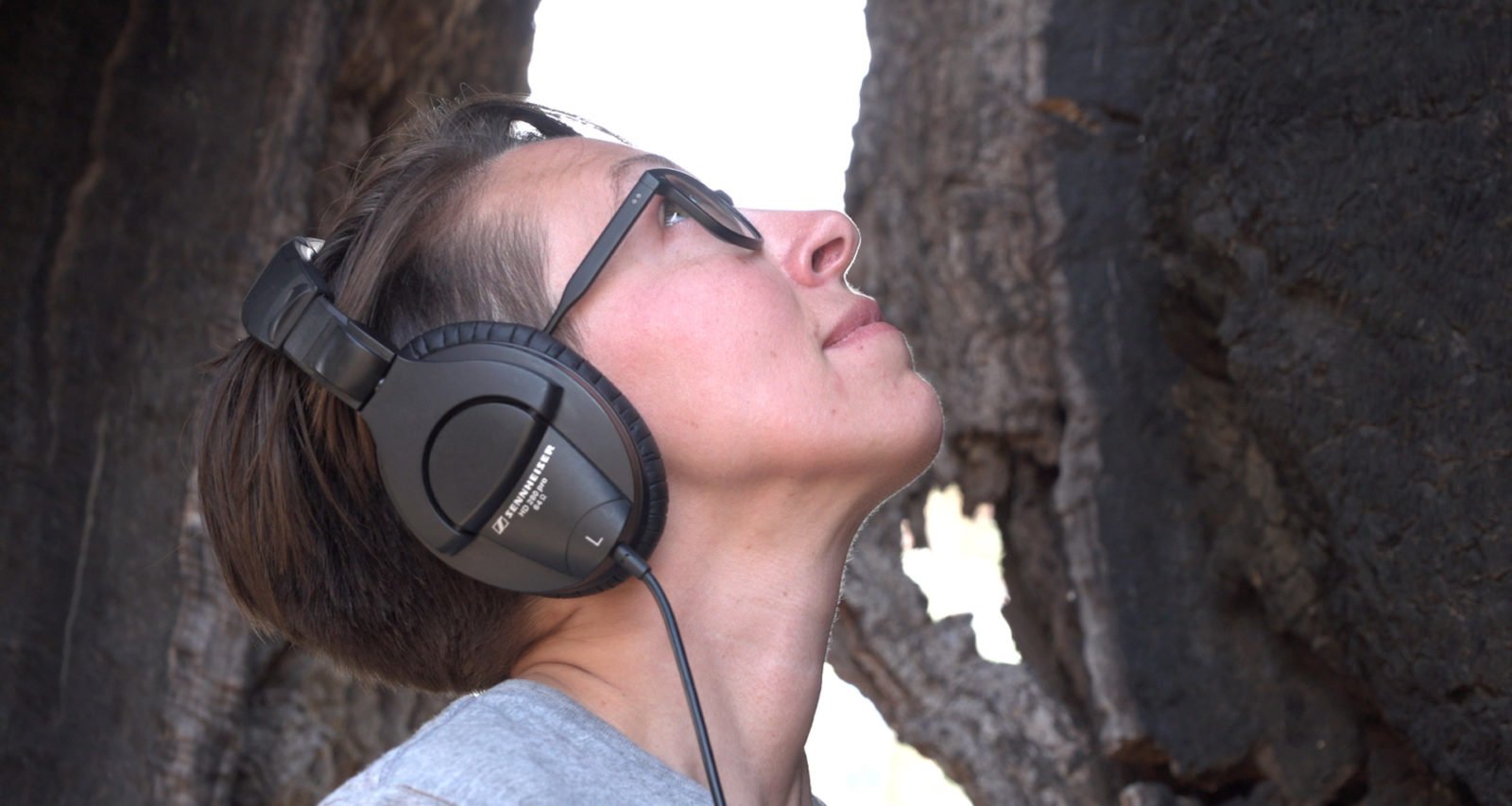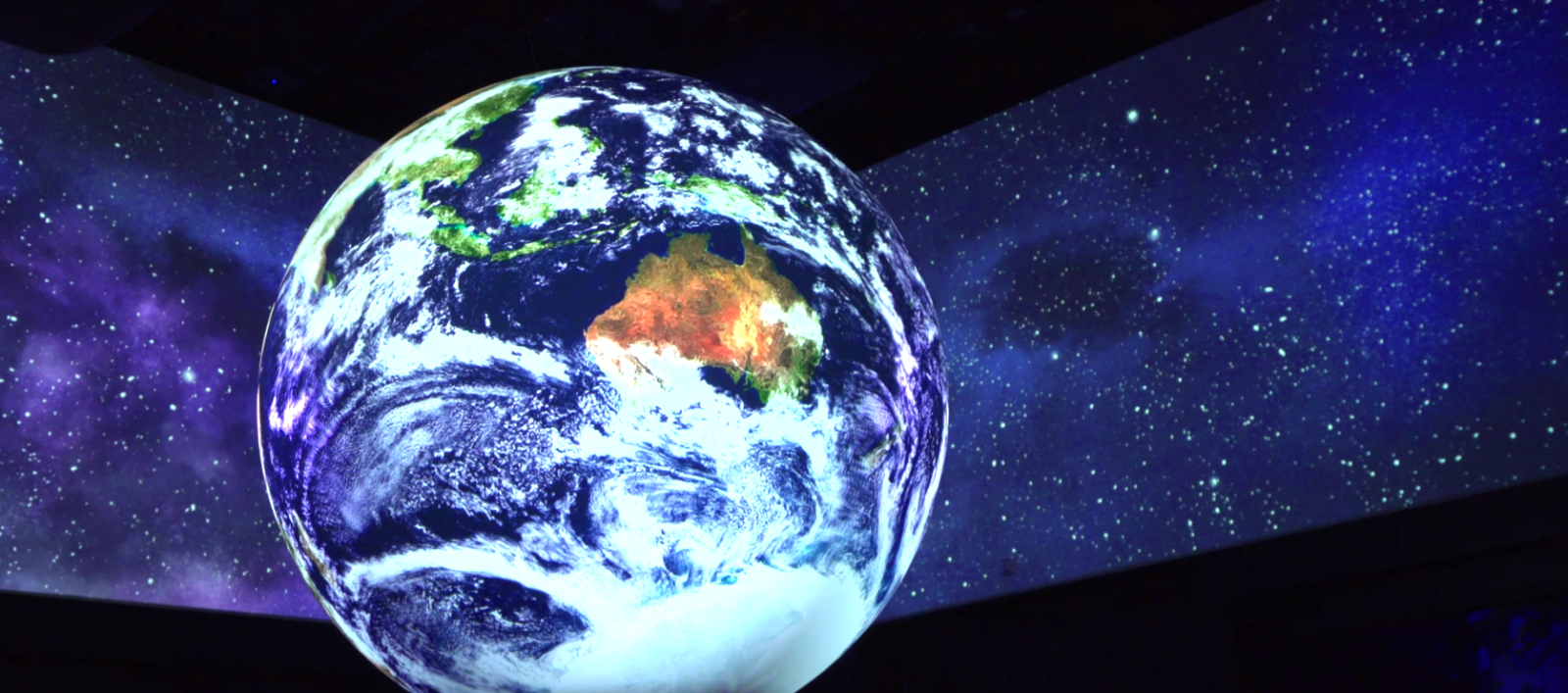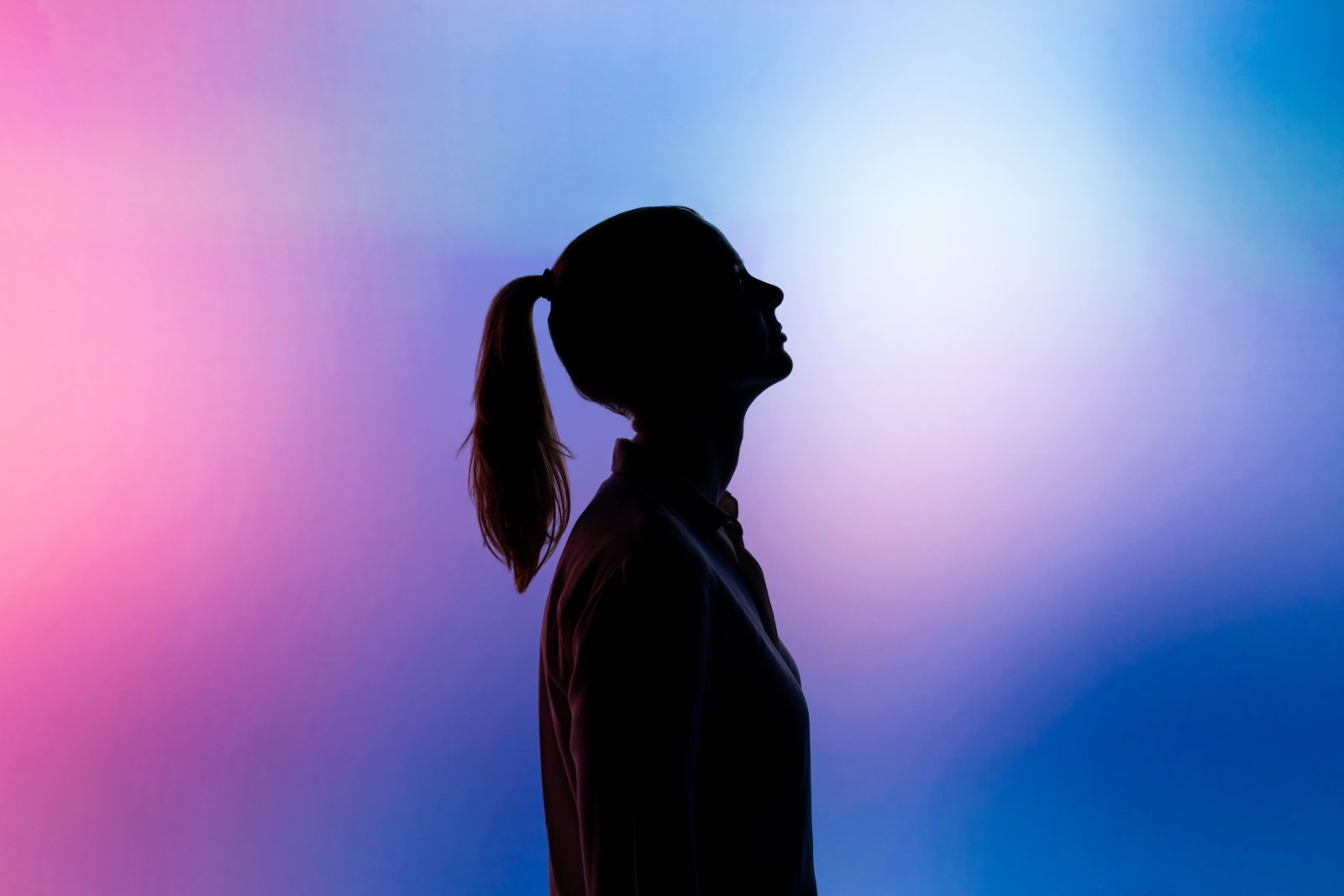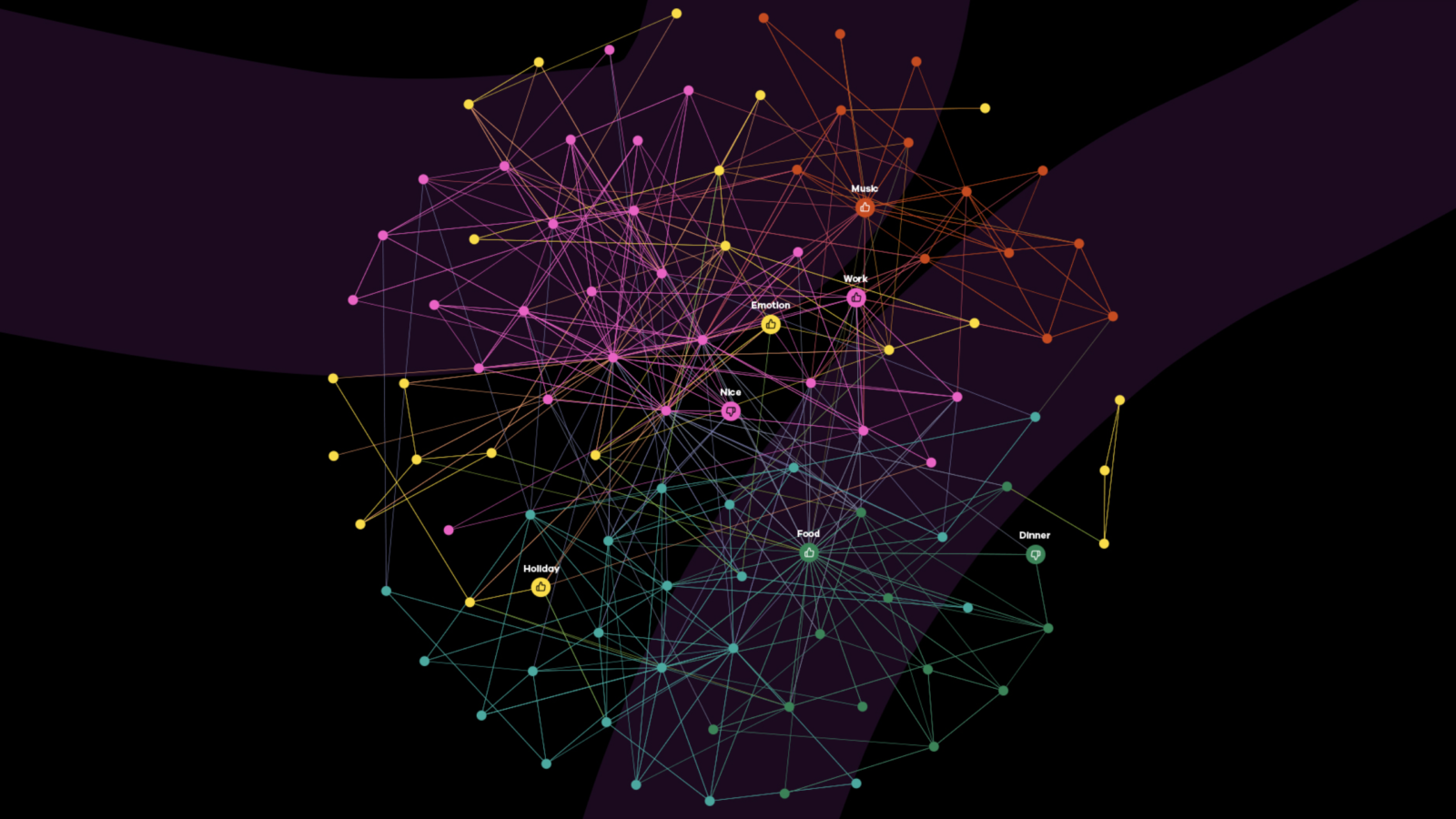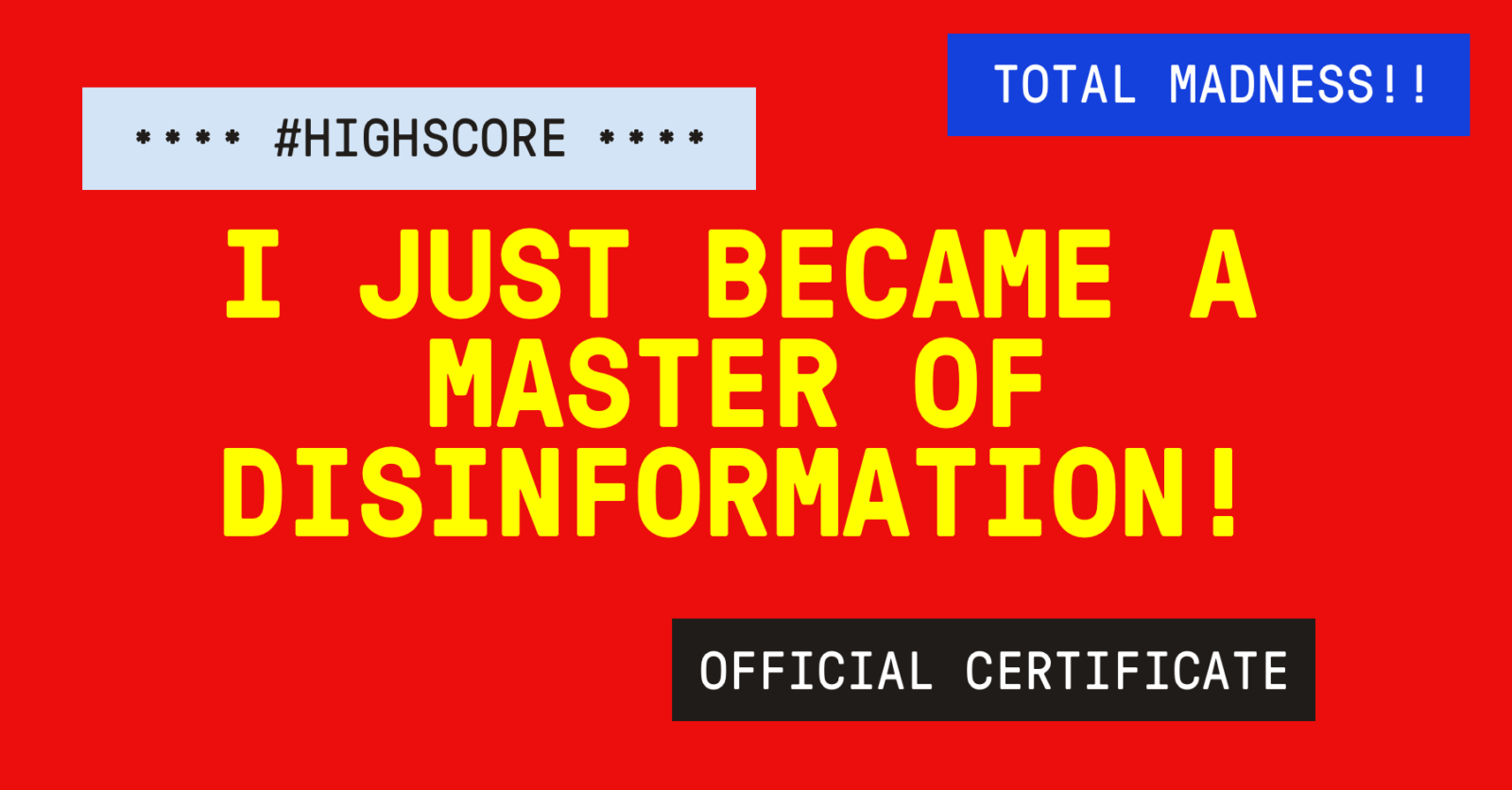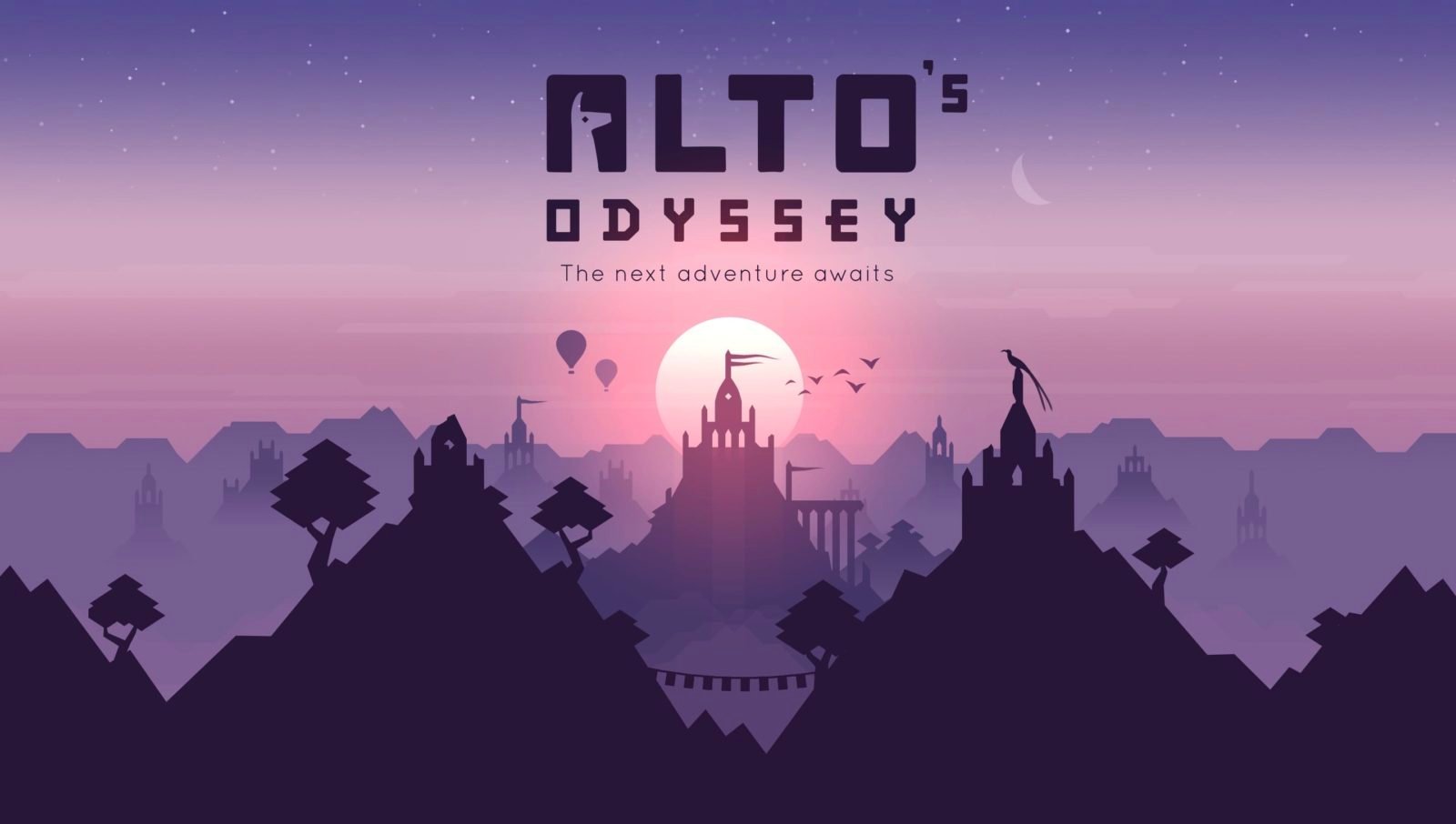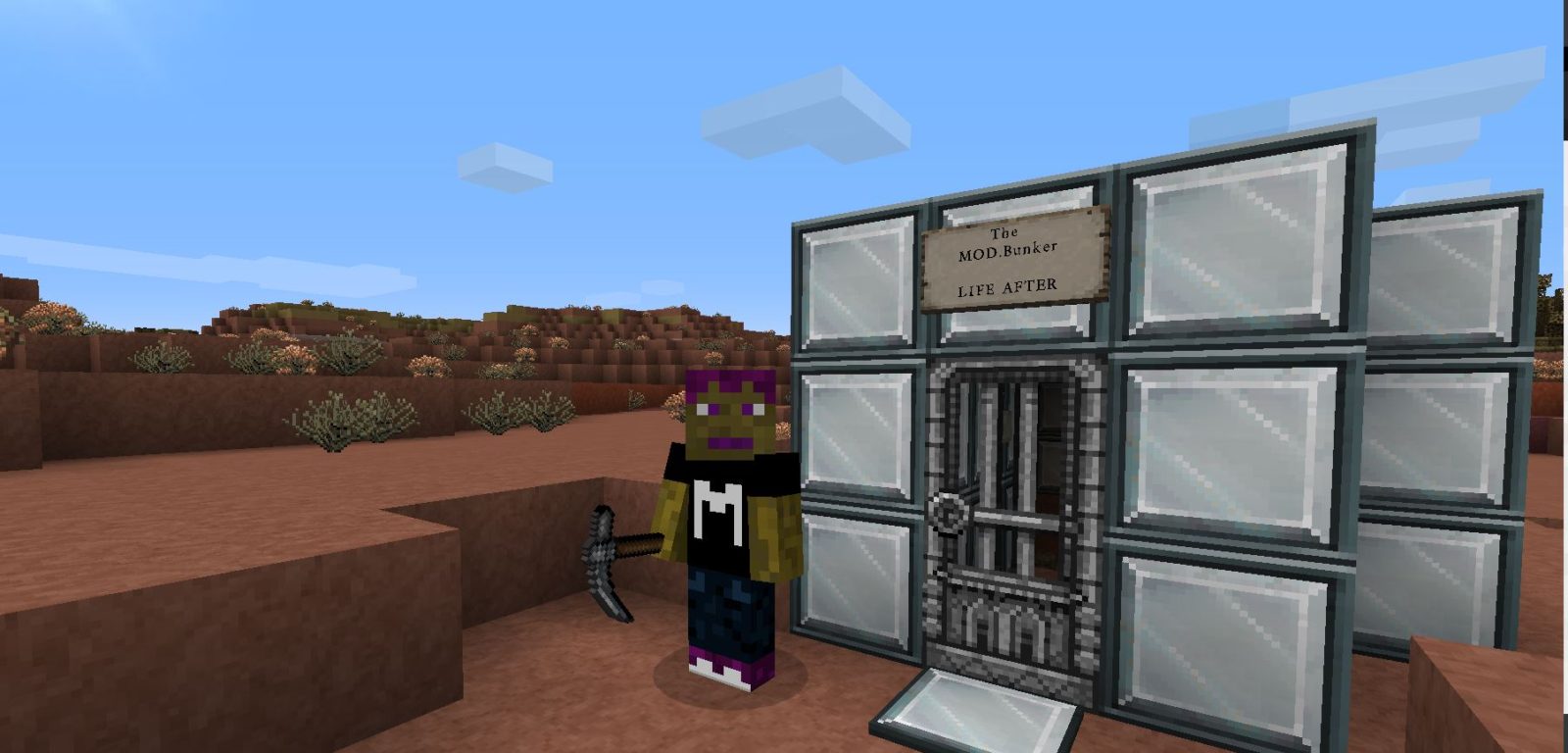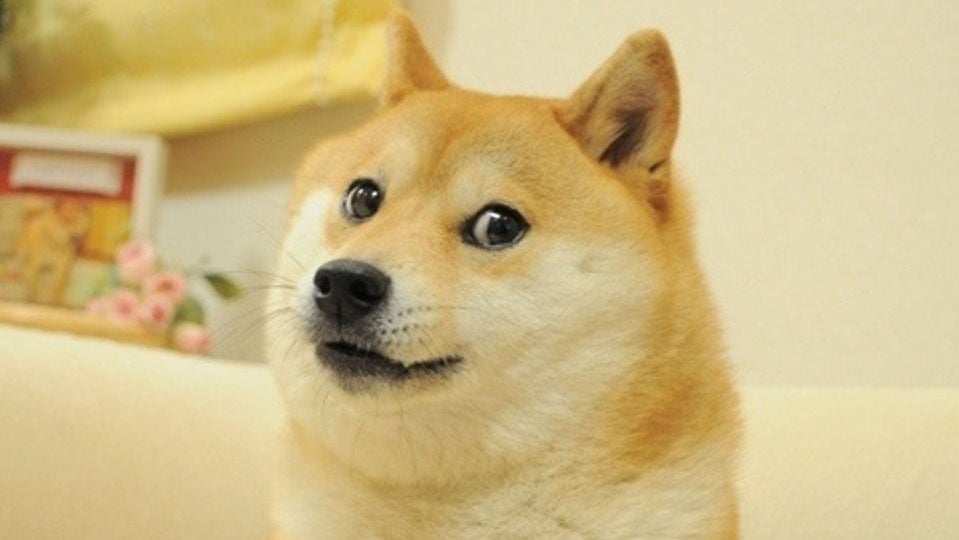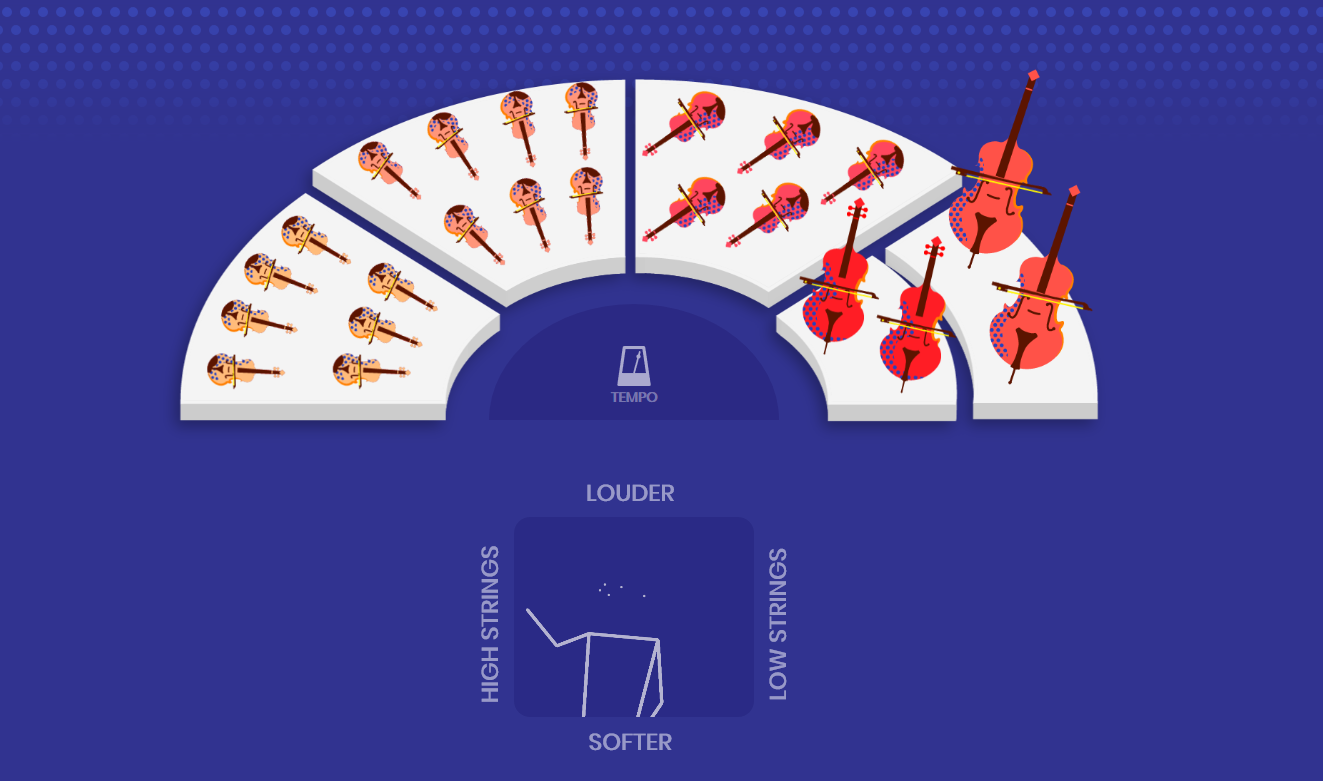Laws of Motion
Interested in performance?
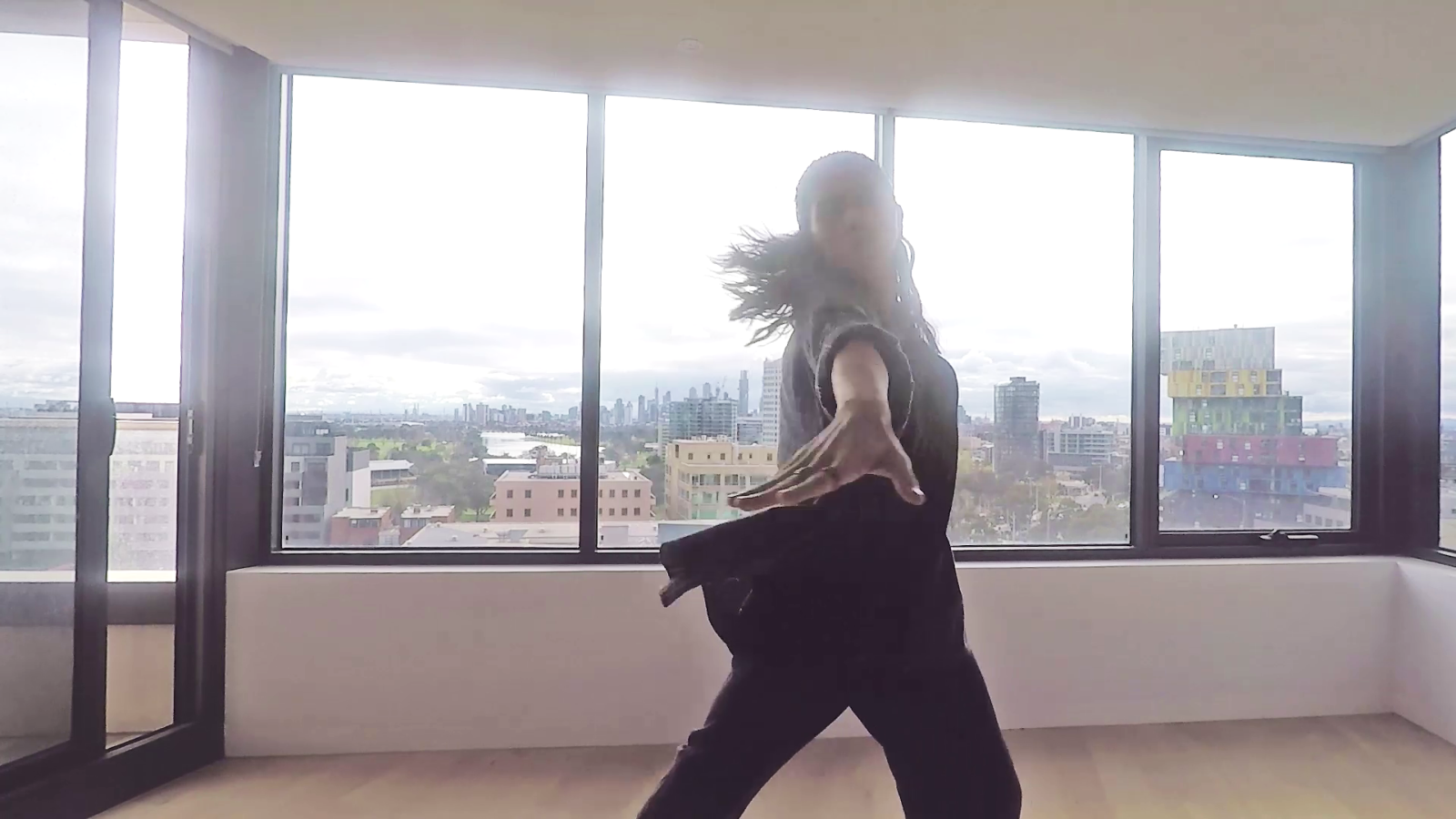
Exhibit Details
Laws of Motion: Vertigo and Virtual Performance
By Adolfo Aranjuez
I live in St Kilda, a stone’s throw from the Albert Park racetrack; I was actually driving past it when the Victorian Government cancelled the Grand Prix to stave off the spread of coronavirus. I recall that March day distinctly because it was an ominous one: Friday the 13th—just over a week after the last of the ‘Black Summer’ flames had been put out, and a day after COVID-19 was declared a pandemic. It was a stroke of coincidence so genius that it almost lent credence to the meme-ified suspicion that we’re living in the ‘dystopian timeline’. Soon, more and more things were closed off or cancelled; by the end of the month, the whole nation was in full-blown lockdown.
As I write this, in early June, it’s been a fortnight since my home state started loosening its lockdown grip. It’s also two weeks since the first Black Lives Matter (BLM) 2020 protests erupted in the US, and mere days after tens of thousands of protestors gathered across Australia’s capital cities in solidarity and to condemn injustices against our own Indigenous peoples.
It’s rare for humans to be so quickly cognisant that they’re living through a nameable period in history. Ordinarily, such a realisation would require the clarity of distance, of time having passed and things having returned, relatively, to normal. Not us, though. We know already that this pandemic and these protests, and the bushfires before them, would launch us into a world irreversibly transformed. Three forces to be reckoned with—one environmental, one epidemiological, one ethical—all collapsing our sense of chronology and our notions of lived space.
‘Unless compelled to change its state’
As the bushfires intensified in December and early January, I was in Manila visiting my parents, thankful for the sanctuary that trip afforded me from the doom-filled news cycle back home. I was half-hearted about returning to Melbourne and its hazardous air (though when, three days after I landed, all outbound Philippine flights were cancelled following a volcanic eruption, I swiftly changed my tune). Melbourne was sullied by smoke for most of January and some of February; as the sky cleared, ash gave way to infectious agents, and the facemasks I’d bulk-bought by chance served an extended function. Early February saw the first COVID-19 death outside China—in the Philippines. By late March, Australia had closed its international borders for the foreseeable future; this announcement was flanked by the death of a great-uncle and then an uncle in Manila, both from coronavirus.
I’m jumping back and forth to give a sense of how things unfolded at a dizzying pace. From my perspective on the ground, right in the thick of it, so many things happened, and the year had scarcely started. Amid all of this, my local dance studio closing its doors hit particularly hard. We all know that regular physical activity reaps immense bodily and psychological benefits, but dance, for me, had additionally become a conduit for catharsis and stability. Limitation upon limitation had already been imposed on my freedom of movement, and hindered now was my ability to literally move. I worried about what inertia might do to me.
In The Production of Space, sociologist Henri Lefebvre writes: ‘Space is always, and simultaneously, both a field of action […] and a basis of action’. While, under different circumstances, space might be just a thing that’s there—we enter it, navigate it, leave it—at a time when the spaces available to us have been colossally reduced, it’s as if the very concept was waved in my face, just out of reach. Coincidence after coincidence made me acutely aware of where I was at any given moment, and, by the time I was commanded to #StayHome, my artistic, social and personal worlds were reduced to eighty-five square metres.
‘Proportional to the force impressed’
In our initial conversations, MOD. pitched this commission as a streamed performance for an audience of fellow isolates. This form of live-streaming has proliferated worldwide alongside the escalation of distancing restrictions, and there’s also been no shortage of online tutorials, virtual parties and TikTok dance trends. For my part, I soon found my groove with digitised classes and started posting dance videos more regularly again. Alongside the tyrannical spread of a virus we still don’t quite know how to contain, it seems virality online has become a salve for our own containment within our homes. ‘Maybe the gross voyeurs inside us,’ ponders critic Carissa Lee, of our voracious screen use in lockdown, ‘long for something live, something to make up for the distance from everyone else.’
One of our earliest terms for the internet was cyberspace. Coined by media scholars of the eighties and nineties, this formulation is striking in its relevance to my discussion here: the internet, after all, is another space within which we can interact, create, live. But some of those thinkers—from Jean Baudrillard (whose work inspired The Matrix) to Donna Haraway—didn’t necessarily see things that way. For them, in those early days when the web was just infiltrating daily life, the growth of technology would ring the death knell for the body and the physical world.
While, three decades on, especially during #IsoLyf, our world has certainly become littered with screens and streams, it’d be foolish to suggest that these are making the physical obsolete. The body continues to be our primary interface; we still rely on it to make sense—through sight, sound, touch—of our surroundings, other people and even data itself. Within months of lockdown, in fact, our zealous take-up of video-chat software has been matched by equally forthcoming reportage about ‘Zoom fatigue’, with public laments about exhaustion post-app use backed by neurological research. This echoes existing scholarship on some of the less-savoury bodily impacts of technology. Never before has humanity been so connected, so rooted in the virtual—and yet, when it all boils down, it seems we’re just not built for this stuff.
Of course, the real answer is that it’s not an either-or proposition. As exemplified by the momentum of bushfire, COVID-19 and BLM 2020 events—greased by the speed with which the internet spreads information, from calls for collective action to texts on injustice to a plethora of footage showing race-based violence—cyberspace is best conceived as an extension of the physical world. We can approximate real life through keystrokes and clicks, but, when outside forces encroach, they do so on actual, non-simulated bodies and structures.
‘An equal and opposite reaction’
Reflecting on how we document our collective grief during this time, Lee advises: ‘If we get to choose what is performance and what isn’t […] then there’s no harm in it. But there must always be a choice.’ Four years prior, dance theorist André Lepecki warned against a similar idea: in our hyper-capitalist, hyper-connected era, ‘performance’ can refer not just to authentic artistic expressions, but to hollow displays of creativity, success and (as I’ve argued elsewhere) political activity.
Yet the unique qualities of dance, for Lepecki, imbue it with radical potential, so we must embrace the ‘unexpected swerves’ it makes room for. As I keep dancing at home while BLM 2020 reverberates, I can’t help but pause on the fact that the more popular dance styles we enjoy today—from jazz and commercial to hip-hop and urban—were born from the choreographic expressions of African slaves and their descendants. For them, as with other groups across history, the experience of physical communion and bodily ecstasy provided a means for resistance.
Perhaps we can now count among those groups the dancers who, these past few months, have engaged in viral performance—purveyors of resistance, against isolation, on a humbler scale. And perhaps we can consider BLM protestors defying lockdown mandates as performers of their own type of subversive dance. There is a choreographic quality to marching in sync, to snaking through city streets in coordinated fashion and taking ownership of a site. Some tut-tutted at the protests’ disregard for public health, but racism, as Liminal editor Leah Jing McIntosh tweeted at the time, ‘is a public-health issue’. What is public space if not space to be claimed by the public?
This way of asserting one’s right to space through movement is not new; in smaller-scale, more artistic terms, it’s what researcher Gretel Taylor calls ‘physicalising belonging’—how dancers lay claim to the places they inhabit by inscribing their stories, through movement, into the landscape. With public space during the pandemic encompassing the internet and private space as well, Taylor’s phrase is perhaps the best way to articulate what I’ve sought to achieve with my MOD. commission. Visible from my apartment (now temporary studio) are both Albert Park racetrack and the Melbourne CBD skyline; on clear days, I see planes dotting the horizon, some of which are no doubt flying to or from my country of birth. Dancing with all of these in view entangles me, if not physically then symbolically, to key sites from this past half-year; it turns sanctuary into strategic base, and is an affirmation that lockdown need not be synonymous with being culturally or politically ‘locked in’.
In choosing a published work over a live-stream, I wish to go beyond pure performance and to etch this story onto the terrain of cyberspace for posterity. This chronicle of confinement—my own, and of those muzzled by violence and the virus—will itself not be confined to the immediate COVID-19 moment.
‘Cannot be created nor destroyed’
‘This is a moment of awakening for […] people who have, through the experience of the pandemic, some perhaps for the first time an understanding of what it means to be at the mercy of a “system”,’ wrote scientist and activist Yassmin Abdel-Magied at the height of the protests. Indeed, for many of us, facing one climactic event after another, a sense of agency has proven elusive. But, if this prolonged period in our homes offers us anything, it’s the hyperfocus to welcome the ‘unexpected swerves’ we might normally wave away as everyday life threatens to fill our calendars to the brim.
‘Each living body,’ Lefebvre suggests, ‘produces itself in space and it also produces that space.’ There’s consolation to be wrenched from the idea that the lines demarcating country from country, park from pavement, lounge room from bedroom are made up; since space is a social construction, that means it can be adapted as well. At the same time, Lefebvre stresses, space is policed because it fuels power; freedom to move is freedom to act. If that’s the case, then the events of recent months, and our redefined relationship to spaces, have placed us at the cusp of numerous transformations—to law enforcement, to urban design, to aid, equity and justice—should we only plant our feet on the ground and seize them.
In early April, a tweet I stumbled upon asked: ‘Who do I want to be during COVID-19?’ Presented with fear on one extreme and action on the other—waiting it out versus weathering the societal storms by creating spaces for expression, accountability, evolution, empowerment—my hope is that we all agree on which end of the spectrum to choose. Stuck at home, stuck with a Zoom video, stuck with a marginalising system; if this truly is dystopia, then nothing would be worse than just sitting still and taking it.
-

Biography
Adolfo Aranjuez is an editor, writer, speaker and dancer. His essays and poetry have appeared in Meanjin, Right Now, Screen Education, The Manila Review, Cordite and elsewhere, and he has choreographed and performed for Dance Massive, Federation Square, ABC TV, NIDA, Midsumma and the Immigration Museum, among others. He is currently the Melbourne International Film Festival’s publications and content coordinator, and Liminal’s publication editor; previously, he edited Metro and Archer.


